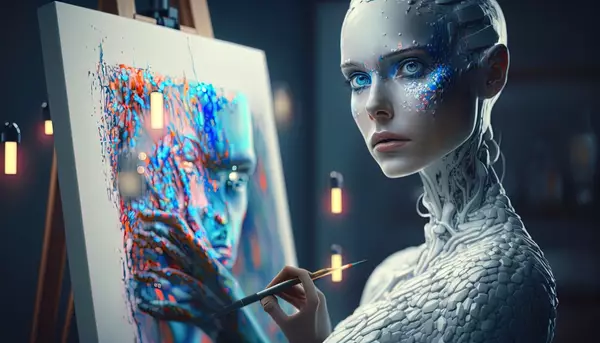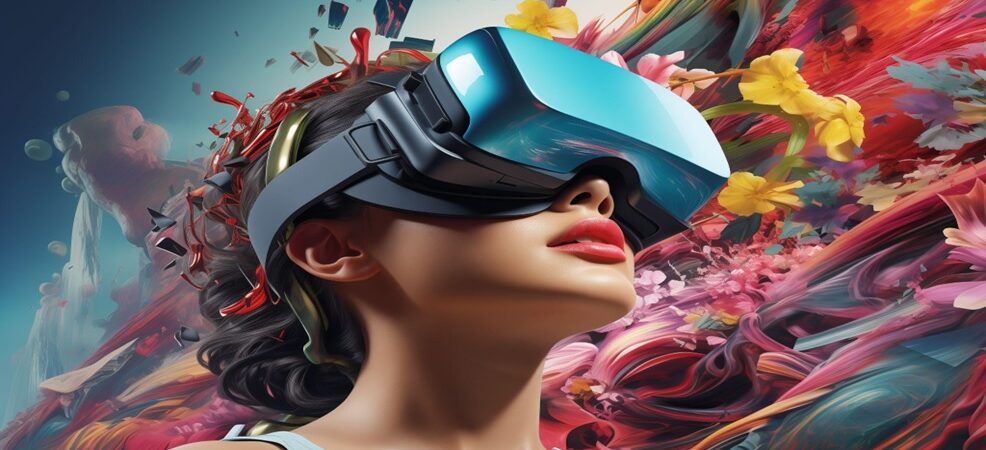The intersection of technology and art has grown increasingly intricate and profound in recent years. As artists explore new mediums and techniques, technology has transformed the creative landscape, allowing for innovative forms of expression that were once unimaginable. This transformation has given rise to a rich tapestry of artistic styles, tools, and methodologies that redefine how art is created, experienced, and appreciated.
The Evolution Of Artistic Tools
Throughout history, artists have relied on the tools available to them, adapting and evolving their techniques as new inventions emerge. The development of photography in the 19th century marked a significant turning point, allowing artists to capture reality with unprecedented accuracy. This invention changed how artists approached realism and paved the way for modern art movements, such as Impressionism, which sought to capture fleeting moments and sensations.
Today, digital technology continues to reshape artistic tools. Software applications like Adobe Photoshop and Procreate have become staples in an artist’s toolkit, enabling them to manipulate images, create digital paintings, and experiment with various techniques in ways that traditional media cannot match. The accessibility of these tools democratizes art-making, allowing anyone with a computer or tablet to explore their creativity without the constraints of physical materials.
Digital Art And New Mediums
Digital art has emerged as a powerful medium that challenges traditional notions of art. From digital painting to 3D modeling and animation, artists can now create intricate works that can be easily shared, reproduced, and modified. The rise of social media platforms has also facilitated this evolution, providing artists with a platform to showcase their work and connect with a global audience.
Moreover, virtual reality (VR) and augmented reality (AR) have opened up entirely new realms for artistic exploration. Artists can create immersive experiences that transport viewers into fantastical worlds, allowing them to interact with art in ways that traditional exhibitions cannot provide. These technologies enable engagement that transforms the viewer’s experience, fostering a deeper connection with the artwork.

The Impact Of Custom Optical Filters
Optical technology plays a significant role in art creation, particularly photography and videography. Custom optical filters manipulate light, enhance colors, control reflections, and achieve specific effects. These filters allow artists to express their vision more precisely, tailoring the visual output to match their intent. For instance, a photographer may use a polarizing filter to reduce glare and saturate colors, while a filmmaker might utilize colored filters to create a particular mood in a scene.
By integrating custom optical filters into their work, artists can push the boundaries of traditional techniques and produce striking visuals that stand out. This blending of technology and art showcases the importance of modern tools in enhancing creative expression.
Collaborative Technologies
Technology also fosters collaboration among artists, transcending geographical barriers. Online platforms and tools enable artists to collaborate on projects, share ideas, and provide real-time feedback. This collaborative approach has created exciting new art forms, such as crowdsourced projects and interdisciplinary works that combine various artistic practices.
For instance, the global pandemic accelerated the shift to virtual exhibitions and performances, prompting artists to adapt their work for online audiences. This shift expanded the reach of their art and allowed for innovative collaborations across different mediums, resulting in unique, hybrid forms of expression.
The Role Of Artificial Intelligence In Art
Artificial intelligence (AI) is another technological advancement that is making waves in the art world. AI algorithms can analyze vast datasets, learning patterns and styles from existing artworks to create new pieces. This fusion of creativity and technology challenges traditional notions of authorship and originality. Artists can collaborate with AI to generate new ideas, push boundaries, and explore unexplored creative avenues.
While some may argue that AI-generated art lacks the emotional depth of human-created pieces, others see it as a valuable tool that complements traditional artistic practices. Artists can harness AI to enhance creativity, generate inspiration, or even collaborate with machines to produce groundbreaking works.
The Future Of Technology In Art
As technology evolves, its influence on art creation will undoubtedly deepen. Emerging technologies such as machine learning, blockchain, and advanced imaging techniques will open new doors for artists. For instance, blockchain technology has the potential to revolutionize how artists sell and authenticate their work, allowing them to retain control over their intellectual property and engage directly with collectors.
Furthermore, display technology advancements will enhance how art is presented and experienced. The possibilities are limitless, from interactive installations that respond to viewers’ movements to holographic displays that bring artworks to life.
Conclusion
The role of technology in art creation is multifaceted, encompassing a broad range of tools, mediums, and methodologies. As artists continue exploring the intersection of creativity and technology, they are transforming how art is conceived, created, and shared. From digital painting to virtual reality experiences, technology empowers artists to push boundaries and redefine artistic expression. Custom optical filters are crucial in this evolution, enabling artists to manipulate light and achieve their desired visual effects. As we look to the future, the partnership between technology and art will only grow stronger, leading to exciting innovations shaping the artistic landscape for future generations.


